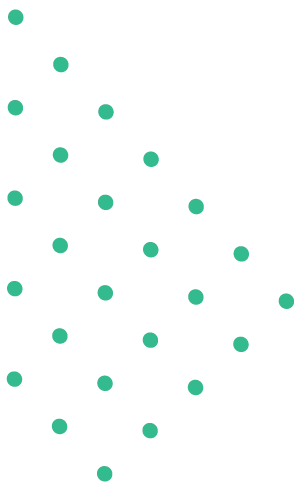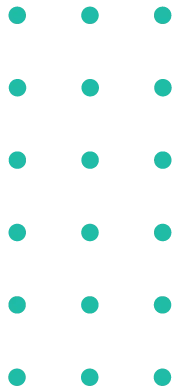"To a Skylark" : Literary devices
- Writer : Percy Bysshe Shelley


"To a Skylark" is a notable literary work by Percy Bysshe Shelley. A complete discussion of this literary work is given, which will help you enhance your literary skills and prepare for the exam. Read the Main texts, Key info, Summary, Themes, Characters, Literary devices, Quotations, Notes, and various study materials of "To a Skylark".
Literary devices
Imagery
Shelley uses vivid imagery to show the beauty of the skylark and nature. He says the bird flies in the “golden lightning of the sunken sun” and the sky “melts” around its flight. These pictures help readers see and feel the scene clearly. He also describes “vernal showers on the twinkling grass”, showing how natural sights and sounds create a peaceful, lovely world in the poem.
Metaphor
The poet uses metaphors to show the power of the skylark. He calls its song a “rain of melody” and “a crystal stream”. These show that the song flows freely and beautifully. He also says it sings from a “full heart”, showing deep emotion. These metaphors help us feel the skylark’s joy and understand that its music is more perfect than anything made by humans.
Simile
Shelley uses similes to compare the skylark to beautiful things. He says it rises like a “cloud of fire”, showing energy and brightness. He also says it is like a “star of Heaven”, hidden but still shining. Later, he compares it to a poet, a maiden, a glow-worm, and a rose, all sharing beauty and hidden gifts. These similes show the bird’s greatness and link it to all of nature.
